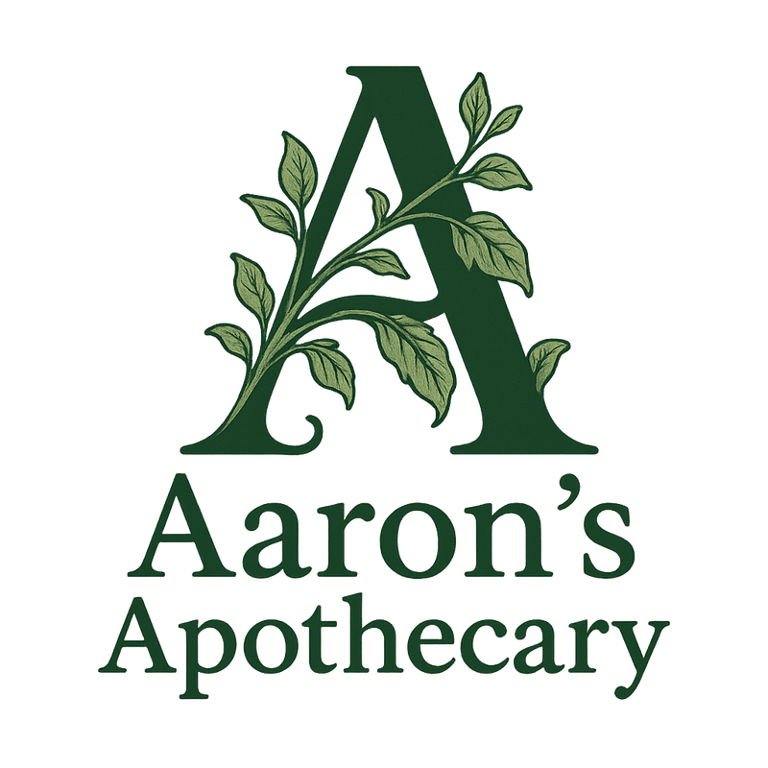Lily-of-the-Valley (Convallaria): Poisonous—But Useful? Safety & Uses
lily of the valley toxicity, Poisonous yet worth growing. Learn its toxicity, history before modern drugs, safe non-ingestive uses, and pet/child cautions.
SAFETY & DOSAGES
9/3/20252 min read
Lily of the Valley (Convallaria majalis): the gorgeous, poisonous classic—and how to enjoy it safely
Safety banner : Lily of the valley is poisonous—all parts (flowers, leaves, rhizomes, berries) contain cardiac glycosides. Even vase water can be hazardous if swallowed. Keep away from kids and pets; if ingestion is suspected, contact Poison Control or a veterinarian immediately.
Why grow it (real benefits)
Shade MVP. Thrives where ornamentals hate to live, like under trees, north walls and dry shade once established. Rhizomes (“pips”) knit a fragrant, weed-suppressing mat. Deer and rabbits usually swipe left (toxicity helps).
Spring perfume + classic look. Those white bells = a late-spring serotonin boost. In perfumery it’s the iconic “muguet” scent note, only not synthetic, the real flower scent doesn’t yield a practical essential oil for mass production.
Early pollinator stop. In cool, shaded corners, the bloom offers a little nectar/pollen when not much else is on tap.
Herbs-wise aside: Beautiful? ✅ Beverage? ❌ This is a looker, not a sipper.
A helpful history (then → now)
Before modern, standardized heart medicines took the stage, lily-of-the-valley preparations appeared in European materia medica as a cardiac tonic (its glycosides act a bit like foxglove’s). That’s historical context, not a how-to. Today we use regulated drugs with careful dosing and monitoring, for very good reasons.
What to actually use it for (non-ingestive, home-safe)
Scented shade carpets & edging. Naturalize beneath deciduous shrubs/trees or along paths for a one-two punch of bloom + fragrance. (Install edging if you don’t want an empire.)
Small, labeled nosegays. Enjoy the scent in a vase—label it and discard water safely. Don’t let pets near it they will invariable drink it like an aperitif.
How to grow (Zones 4–6 quick start)
Site & soil: Part–full shade; average, well-drained soil; consistent moisture year 1 (tolerates drier shade thereafter).
Planting: Set pips 2–3 cm deep, 10–15 cm apart in fall or early spring; water in. Divide after bloom to spread the joy (responsibly).
Care: Let leaf litter mulch it; water in long dry spells; remove spent stalks. Minimal feeding required.
Containment: Can be assertive (and regionally invasive). Use edging or containers; never dump extras into natural areas. Check local guidance.
What not to use it for (important)
Not a home remedy. Cardiac glycosides = serious. Dosing mistakes can be life-threatening. Modern care uses standardized meds, not backyard brews.
Not pet-safe or child-safe. Treat plant and vase water as toxic; berries look like snacks to little humans.
Quick safety notes (read me)
Symptoms of poisoning may include nausea, vomiting, dizziness, arrhythmias. Seek urgent care if ingestion is suspected.
Keep cut stems/vases out of reach; label arrangements clearly.
Garden hygiene: gloves for big divisions; wash hands after handling.
Grow it for shade fragrance and spring smiles. Do not ingest any part (or the vase water). Enjoy as a garden classic and a perfumery lesson, not as medicine.
By Aaron Peterson • Ottawa • Last updated: Sept 03 2025
Wellness
Explore herbal guides and wellness products online.
Contact
© 2025. All rights reserved.
